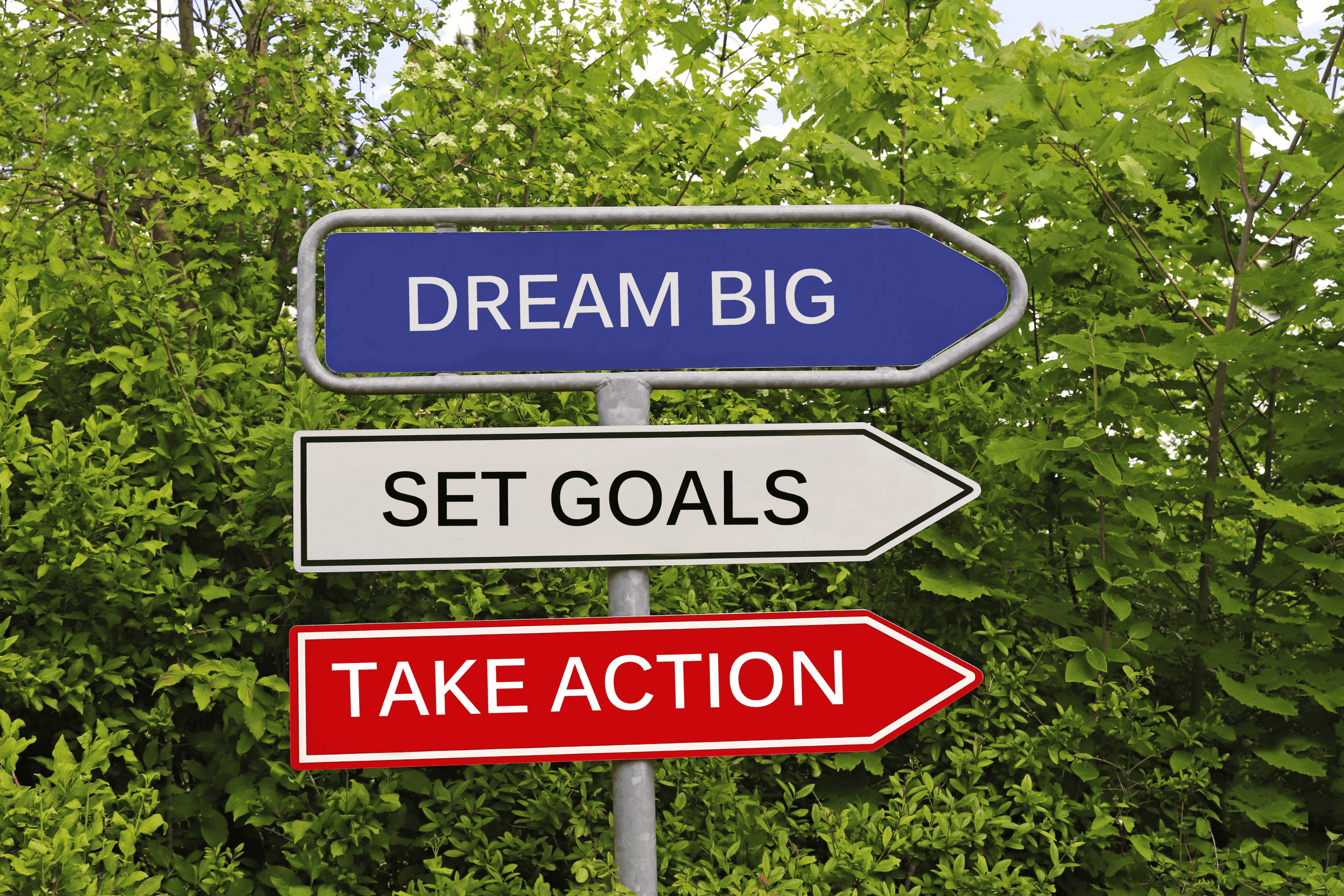
How to set learning goals and track progress
Last summer, I decided to take up painting. I bought all the supplies, enrolled in an online course, and was initially quite enthusiastic. But as the weeks passed, my initial zeal waned. I found myself spending more time scrolling through social media than practicing my strokes. I realized I needed a system to keep me motivated and on track.
Funny how such experiences often mirror our learning journeys. Without clear goals and a way to measure progress, it’s easy to feel lost. Setting learning goals and tracking progress are not just tools for organization; they’re essential strategies for success in any endeavor. Let’s dive into how to effectively set learning goals and track progress, with insights from experts and research to guide you.
Why Learning Goals Matter
Learning goals provide direction and motivation. Without them, it’s easy to drift or lose focus. According to Psychology Today, people who set specific, challenging goals are more likely to achieve their objectives compared to those who don’t. Goals act as a roadmap, guiding you through your learning journey and helping you stay committed.
Learning goals also help break down the overwhelming complexity of mastering new skills. For instance, deciding to “learn coding” might feel daunting, but a goal like “complete five beginner projects in Python in three months” gives you clarity and focus.
Step 1: Define Your Learning Objectives
Use the SMART Framework
Popularized by educational experts and psychologists, the SMART framework ensures that your goals are:
- Specific: What exactly do you want to learn? Avoid vague aspirations.
- Measurable: How will you know you’ve succeeded? Quantify your objectives.
- Achievable: Is the goal realistic given your current skills and resources?
- Relevant: Does this goal align with your broader ambitions?
- Time-bound: Set a deadline to keep yourself accountable.
For example, instead of saying, “I want to learn Spanish,” you could say, “I want to achieve conversational fluency in Spanish within six months by studying for one hour daily.”
Break Down Big Goals
Research from Harvard Business School emphasizes the importance of breaking large objectives into smaller, manageable tasks. This creates a sense of achievement along the way and reduces overwhelm. If you’re aiming to write a book, for example, setting smaller goals like “write 500 words daily for three months” can make the process feel achievable.
Step 2: Create a Personalized Learning Plan
Identify Your Resources
- Books and Courses: Choose materials that suit your learning style. For instance, visual learners might prefer online courses with videos, while others might thrive on traditional textbooks.
- Mentorship: Seek guidance from experts in your field. Blogs like Edutopia highlight the benefits of having a mentor to provide feedback and encouragement.
- Tools and Apps: Use platforms like Duolingo for languages or Coursera for professional skills.
Set Milestones
Divide your timeline into phases. For example:
- Month 1: Master foundational concepts.
- Month 2: Apply knowledge through exercises.
- Month 3: Test your understanding with real-world applications.
Incorporate Variety
According to a study in The Journal of Educational Psychology, mixing different types of learning activities can improve retention. For example, if you’re learning graphic design, alternate between watching tutorials, practicing techniques, and critiquing other designs.
Step 3: Track Your Progress Effectively
Maintain a Learning Journal
A study from The Journal of Applied Psychology shows that reflective journaling enhances learning retention. Dedicate time weekly to write down what you’ve learned, challenges faced, and strategies to overcome them. Include questions like:
- What did I achieve this week?
- What obstacles did I encounter?
- How can I improve my approach?
Use Digital Tools
- Apps like Notion or Trello: Organize tasks, deadlines, and accomplishments.
- Progress Tracking Features: Platforms like Khan Academy and LinkedIn Learning allow you to monitor your course completion rates.
Regular Self-Assessments
Take quizzes or practice tests to measure your understanding. Use rubrics to evaluate how close you are to achieving your goals. For instance, if you’re learning a language, assess your fluency by recording yourself speaking and comparing it to native speakers.
Step 4: Stay Motivated
Celebrate Small Wins
Psychologist Dr. B.J. Fogg from Stanford University emphasizes the power of celebrating incremental achievements. Did you complete a challenging chapter? Treat yourself to a break or something enjoyable. Celebrations reinforce positive behavior and keep you motivated.
Find an Accountability Partner
According to Forbes, people who share their goals with a partner are 65% more likely to succeed. Discuss your progress regularly and encourage each other. Platforms like StudyStream even connect you with study buddies for real-time accountability.
Reassess and Adapt
Life happens. Sometimes, you may need to adjust your goals or methods. Don’t hesitate to pivot if something isn’t working. For example, if self-paced learning feels too isolating, consider joining a live class or study group.
Practical Examples of Learning Goals
For Students:
Goal: “Master algebraic equations by the end of the semester.” Plan: Spend 30 minutes daily solving equations and seek help on tough problems during weekly tutoring sessions.
For Professionals:
Goal: “Become proficient in Power BI within three months.” Plan: Dedicate one hour every weekday to completing a structured online course, with a focus on dashboards by month three.
For Personal Growth:
Goal: “Read and summarize 12 books this year.” Plan: Complete one book monthly, writing summaries to solidify understanding.
For Fitness Enthusiasts:
Goal: “Run a 5K race in six weeks.” Plan: Follow a structured running plan, gradually increasing your mileage each week.
Conclusion
Just like organizing your home or tackling any major challenge, setting learning goals and tracking progress isn’t about perfection—it’s about persistence. Whether you’re mastering a new skill, advancing your career, or pursuing a passion, these strategies will help you navigate your journey effectively. Take charge of your learning today. What’s your next big goal? Let us know in the comments below!
References
- Psychology Today: “The Power of Goal Setting in Achieving Success.”
- Edutopia: “How Mentorship Transforms Learning.”
- The Journal of Applied Psychology: “The Impact of Reflective Journaling on Learning Retention.”
- Forbes: “The Role of Accountability Partners in Goal Achievement.”
- Harvard Business School: “Breaking Down Goals for Better Outcomes.”
- Dr. B.J. Fogg: “Tiny Habits: The Small Changes That Change Everything.”
- The Journal of Educational Psychology: “Varied Learning Activities and Retention.”












